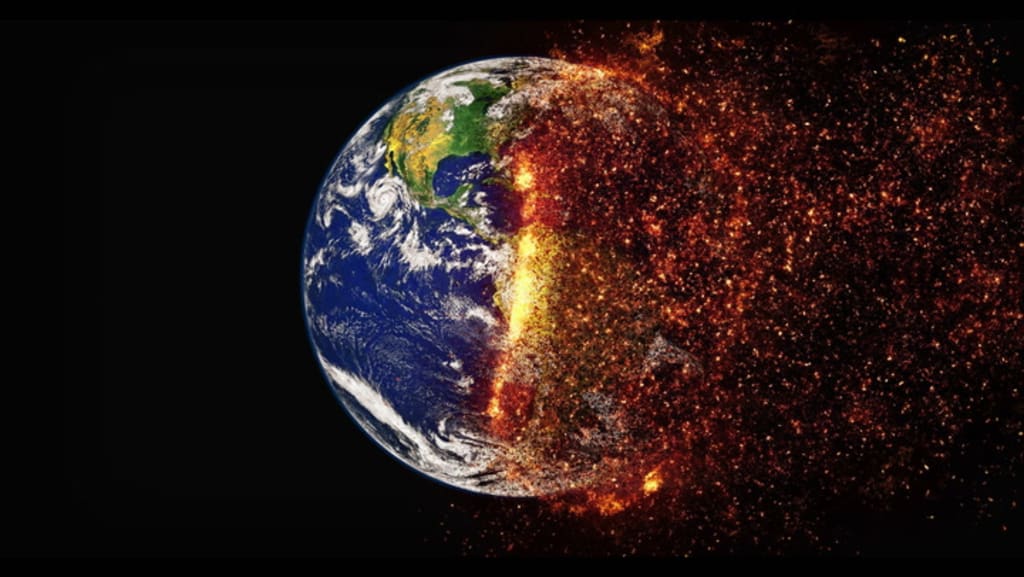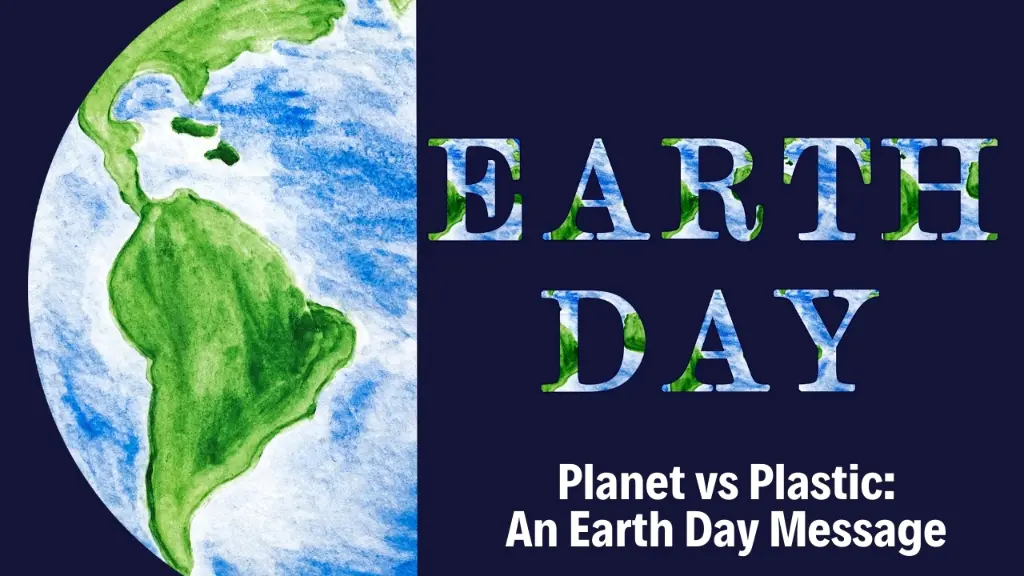Understanding Climate Change: Causes, Impacts, and Solutions

1. Introduction to Climate Change
Climate change refers to long-term shifts in weather patterns and global temperatures, largely attributed to human activities such as burning fossil fuels and deforestation.
2. Causes of Climate Change
Explore the primary drivers of climate change, including greenhouse gas emissions from industries, transportation, and agriculture, as well as land-use changes and natural phenomena like volcanic eruptions.
3. Effects of Climate Change
Learn about the far-reaching impacts of climate change, from rising temperatures and sea levels to extreme weather events, loss of biodiversity, disruptions to ecosystems, and threats to food and water security.
4. Global Warming and Greenhouse Gases
Understand the role of greenhouse gases, such as carbon dioxide, methane, and nitrous oxide, in trapping heat in the Earth's atmosphere, leading to the warming of the planet and exacerbating climate change.
5. Climate Change and Human Health
Examine the health implications of climate change, including heat-related illnesses, respiratory problems from air pollution, increased incidence of infectious diseases, and mental health issues related to environmental stressors.
6. Mitigation and Adaptation Strategies
Explore mitigation measures to reduce greenhouse gas emissions, such as transitioning to renewable energy sources, improving energy efficiency, and implementing sustainable land-use practices, as well as adaptation strategies to build resilience to climate change impacts.
7. International Efforts and Agreements
Learn about global initiatives and agreements aimed at addressing climate change, including the Paris Agreement, which seeks to limit global warming to well below 2 degrees Celsius above pre-industrial levels and pursue efforts to limit it to 1.5 degrees Celsius.
8. Climate Change Communication
Discuss the importance of effective communication in raising awareness about climate change, engaging communities, and mobilizing action at the individual, local, national, and international levels.
9. Conclusion
Climate change poses one of the greatest challenges of our time, but through collective action, innovation, and sustainable practices, we can work towards a more resilient and climate-resilient future for generations to come.

